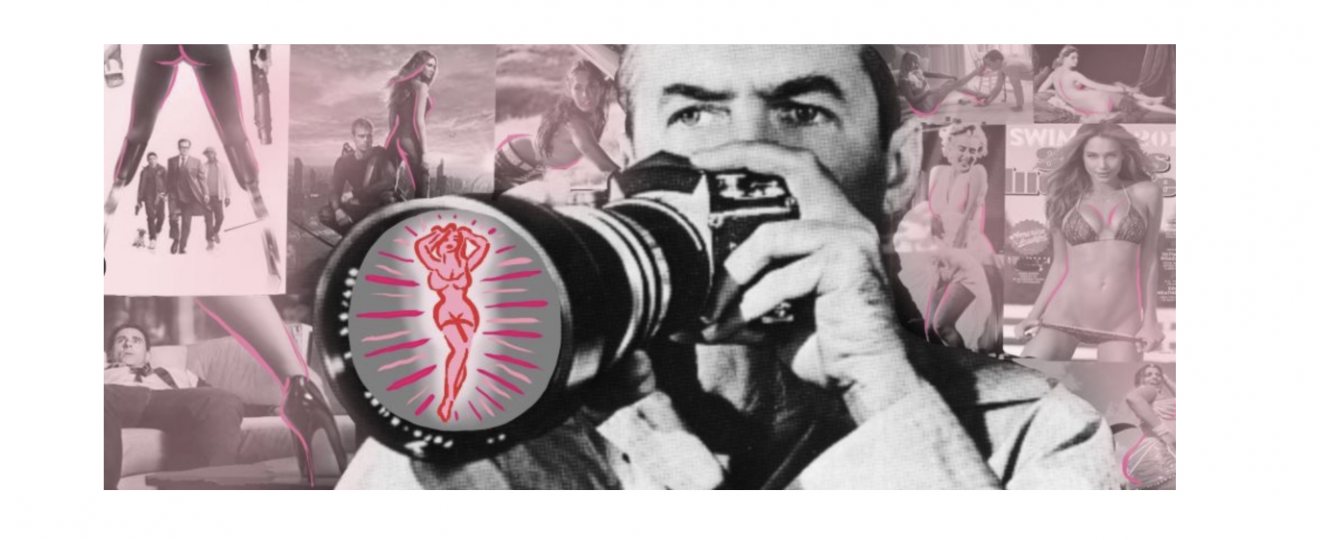A revolution in self-perception has been underway for the past few decades; beginning with the blossoming of the body positivity movement, which found its roots in the 1960s with people seeking to embrace diversity of all kinds. As humans, we are social creatures; society and culture influence our thought patterns, urging us to perceive ourselves in a certain way. Thus body positivity has been important in changing our perception of beauty standards, providing a much more positive rhetoric in recognizing that your worth does not rest on beauty standards established external to our control. However, the agenda of body positivity is increasingly becoming warped, increasingly being commercialized and commodified to the point that it is a meaningless buzzword. Women are repeatedly told they need to ‘love’ their bodies, encouraging them to focus even more on what they see in the mirror.
In light of the distortion of the body positivity movement, body neutrality has emerged as an alternative strand in the conversation of self-perception. Body neutrality aims to tell women instead to respect and appreciate themselves as multifaceted human beings, being so much more than body parts. What body neutrality advocates for can be summed up by Anuschka Rees, author of Beyond Beautiful: A Practical Guide to Being Happy, Confident, and You in a Looks-Obsessed World, who says that the goal mental state is aiming towards understanding that your outer shell is only a single part of yourself, which is not indicative of your worth, and maintaining the underlying assumption that being preoccupied with what you see in the mirror leads to unhappiness. This differs from body positivity, which she believes advocates for feeling attractive being a prerequisite for happiness.
Due to society being so looks-obsessed, the idea that someone could be perfectly happy without thinking they are beautiful has become an uncomfortable thing to fathom. Rather your exterior should be seen as a means to express yourself through, not taking ‘attractiveness’ as an indicator of value.
It is important to note that body neutrality is not preaching that there is anything wrong with deriving confidence from your looks. Taking pride in your appearance is important, and using your exterior as a canvas for self-expression is an integral part of the human experience. However, the stigma around the perception of female bodies in particular needs to be re-evaluated and subverted. Anuschka Rees also addresses this, raising the issue that many people attack women for posting ‘sexy selfies’, which she says are not the problem. “A woman’s sexuality is one of her many facets that she is allowed to express, however she likes,” she states. “The problem is that our media landscape shows, values, and celebrates women’s sex appeal more than any of their other qualities, opinions, or accomplishments”.
What is needed is a change in the value of beauty in our society. Your body is a living thing which will change over the course of your life due to a spectrum of reasons; so why base your self-worth on something which fluctuates, and is in essence just a vessel for self-expression? Although the perception of the female body and the effects of the male gaze are deep-rooted, age-old institutions, change can happen from within: if women start valuing themselves against the rigid system they are forced into, then change will come about. Stop apologizing for the way that you look, and start redefining the importance and value you hold as a person in other ways. Women have been told their whole life that their lovability and worth are tied directly to their appearance: rebel against this and focus on the power and capability of the body, rather than the beauty of the body.
art by: Maria Tassone




